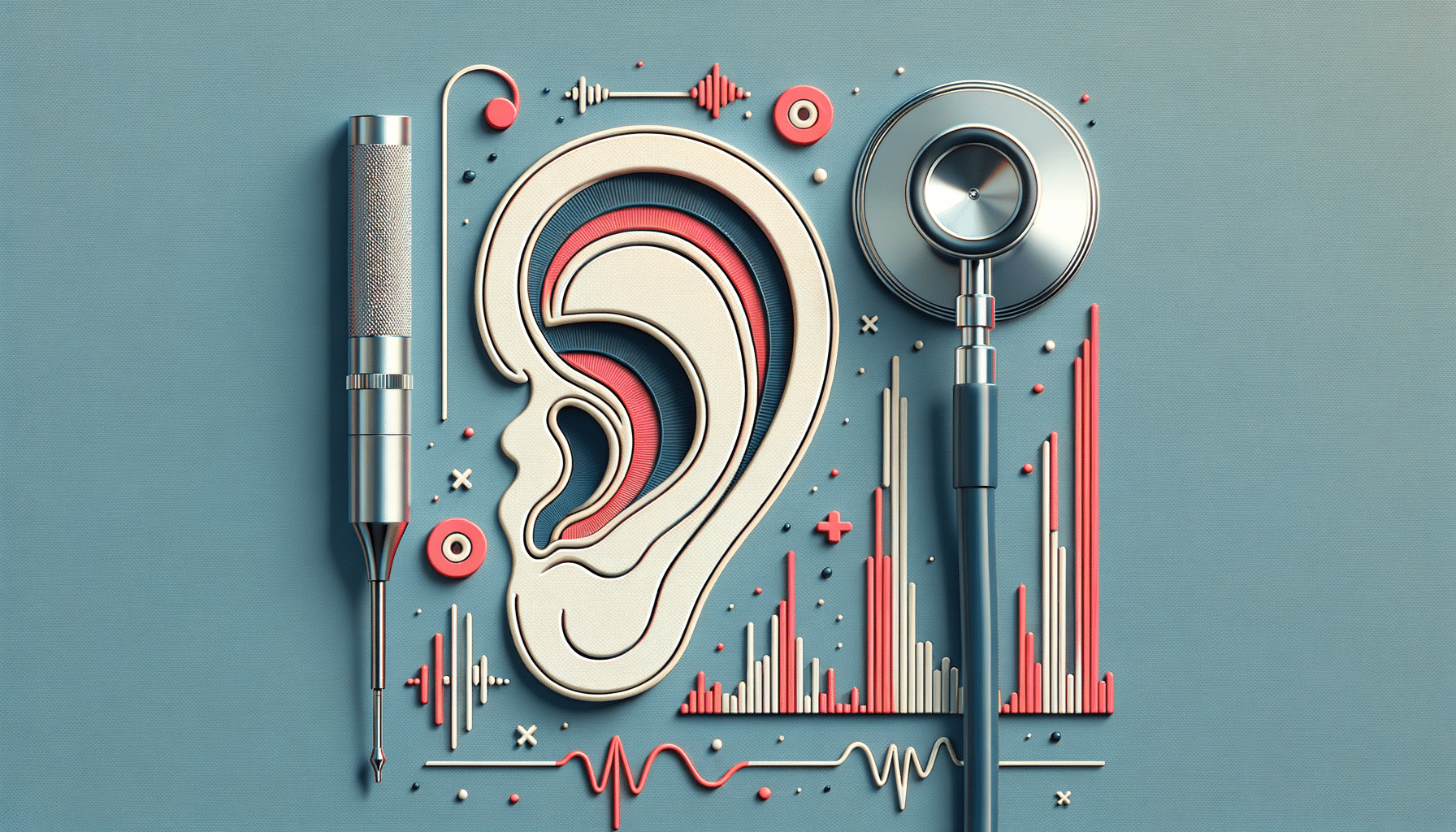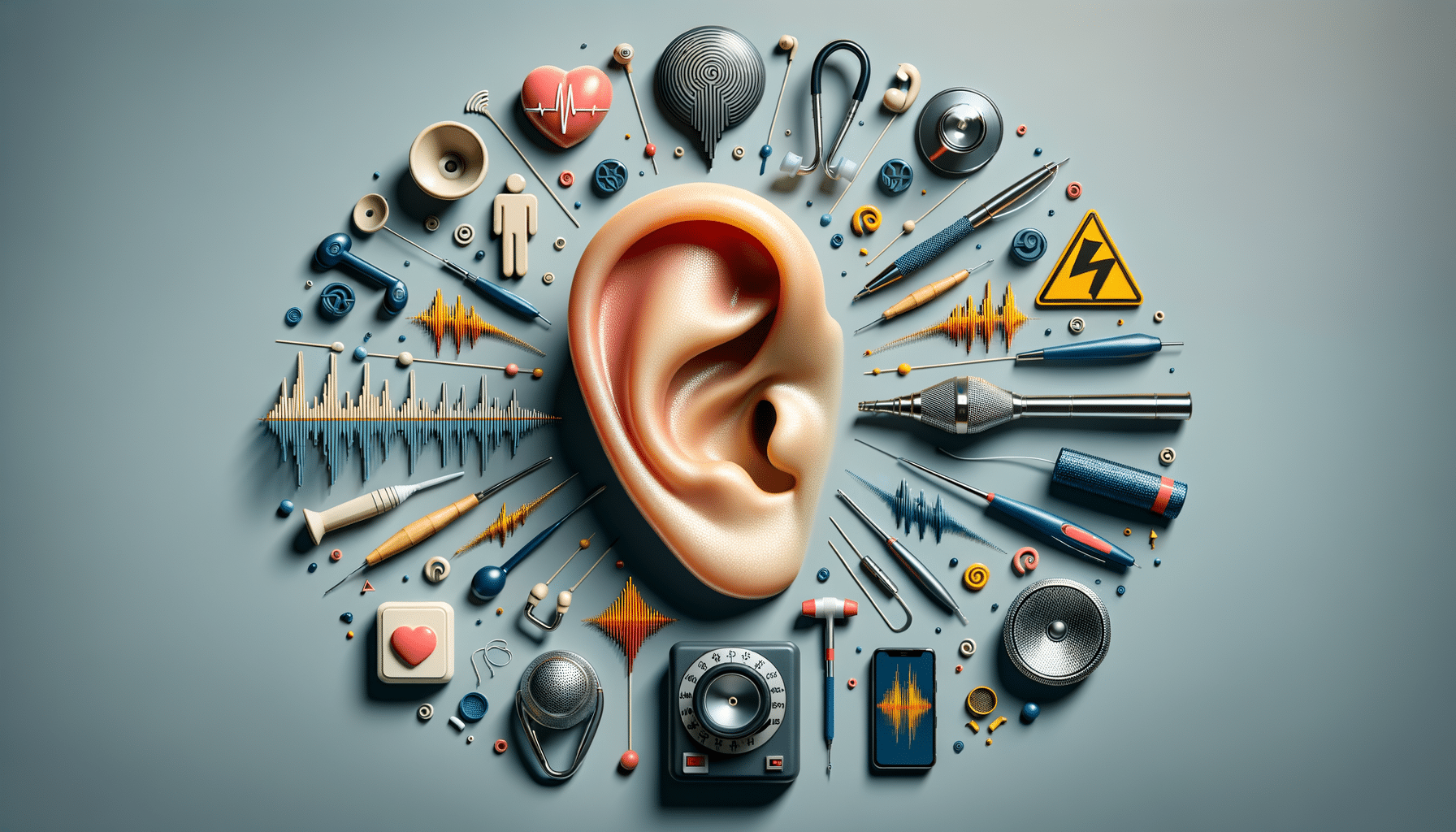
Do You Have Hidden Hearing Loss? These Signs Indicate You Need a Hearing Test
Introduction to Hearing Loss and Its Hidden Nature
Hearing loss is a condition that can develop gradually, often going unnoticed until it significantly affects daily life. Many individuals live with undiagnosed hearing issues, attributing difficulties to external factors like background noise or poor acoustics. However, understanding the subtle signs that indicate the need for a hearing test is crucial. A reliable hearing test could reveal issues you never suspected, providing a pathway to improved communication and quality of life.
Hidden hearing loss is particularly insidious because it doesn’t always manifest in obvious ways. Unlike sudden hearing loss, which is immediately noticeable, hidden hearing loss can affect one’s ability to discern speech in noisy environments or recognize certain frequencies. This type of hearing impairment often requires a specialized approach to diagnosis and treatment.
Recognizing the Signs of Hearing Loss
Identifying the signs of hearing loss can be challenging, especially when the symptoms are subtle. Here are some common indicators that you might need a hearing test:
- Frequently asking others to repeat themselves, particularly in group settings.
- Struggling to hear conversations in noisy environments, such as restaurants or social gatherings.
- Increasing the volume on electronic devices higher than usual.
- Experiencing a ringing sensation in the ears, known as tinnitus.
- Feeling fatigued or stressed after listening for extended periods.
If you notice these signs, it may be time to consider a hearing test. Early detection can prevent further deterioration and improve your overall quality of life.
The Process and Importance of a Hearing Test
A hearing test is a comprehensive evaluation of your ability to hear different sounds, frequencies, and speech patterns. It typically involves a series of assessments conducted by an audiologist, who can provide a detailed analysis of your hearing capabilities.
The process generally includes:
- A preliminary discussion about your hearing history and any concerns you may have.
- Physical examination of the ears to check for obstructions or abnormalities.
- Pure-tone testing to measure the faintest tones you can hear at various pitches.
- Speech testing to assess your ability to understand words at different volumes.
Undergoing a hearing test is essential not only for diagnosing potential issues but also for establishing a baseline for future comparisons. It allows for the early detection of hearing loss, enabling timely interventions that can significantly enhance communication and social interactions.
Comparing Hearing Aids and Other Assistive Devices
Once a hearing test has identified a hearing loss, the next step is to explore solutions. Hearing aids are among the most common devices used to improve hearing, but they are not the only option. Understanding the differences between hearing aids and other assistive devices can help you make an informed decision.
Hearing aids are small electronic devices worn in or behind the ear. They amplify sound, making it easier to hear in various environments. Key features of hearing aids include:
- Customizable settings to match individual hearing needs.
- Advanced technology for noise reduction and speech enhancement.
- Wireless connectivity for seamless integration with smartphones and other devices.
Other assistive listening devices include:
- Personal amplifiers, which are portable and used in specific situations.
- FM systems that use radio signals to transmit sound directly to the listener.
- Infrared systems, often used in theaters and public venues to improve sound clarity.
Choosing the right device depends on the severity of hearing loss, lifestyle, and personal preferences. Consulting with an audiologist can provide valuable insights into the most suitable options for your needs.
Conclusion: Taking Action for Better Hearing Health
Hearing loss, especially when hidden, can significantly impact your life. Recognizing the signs and seeking a hearing test is the first step toward addressing potential issues. With advancements in technology, numerous solutions can help improve hearing and enhance your quality of life.
By taking proactive measures, you can ensure that hearing loss does not hinder your ability to communicate and enjoy daily activities. Remember, a hearing test is not just a diagnostic tool but a gateway to better hearing health. Don’t wait for the signs to become overwhelming; take action today for a clearer tomorrow.


